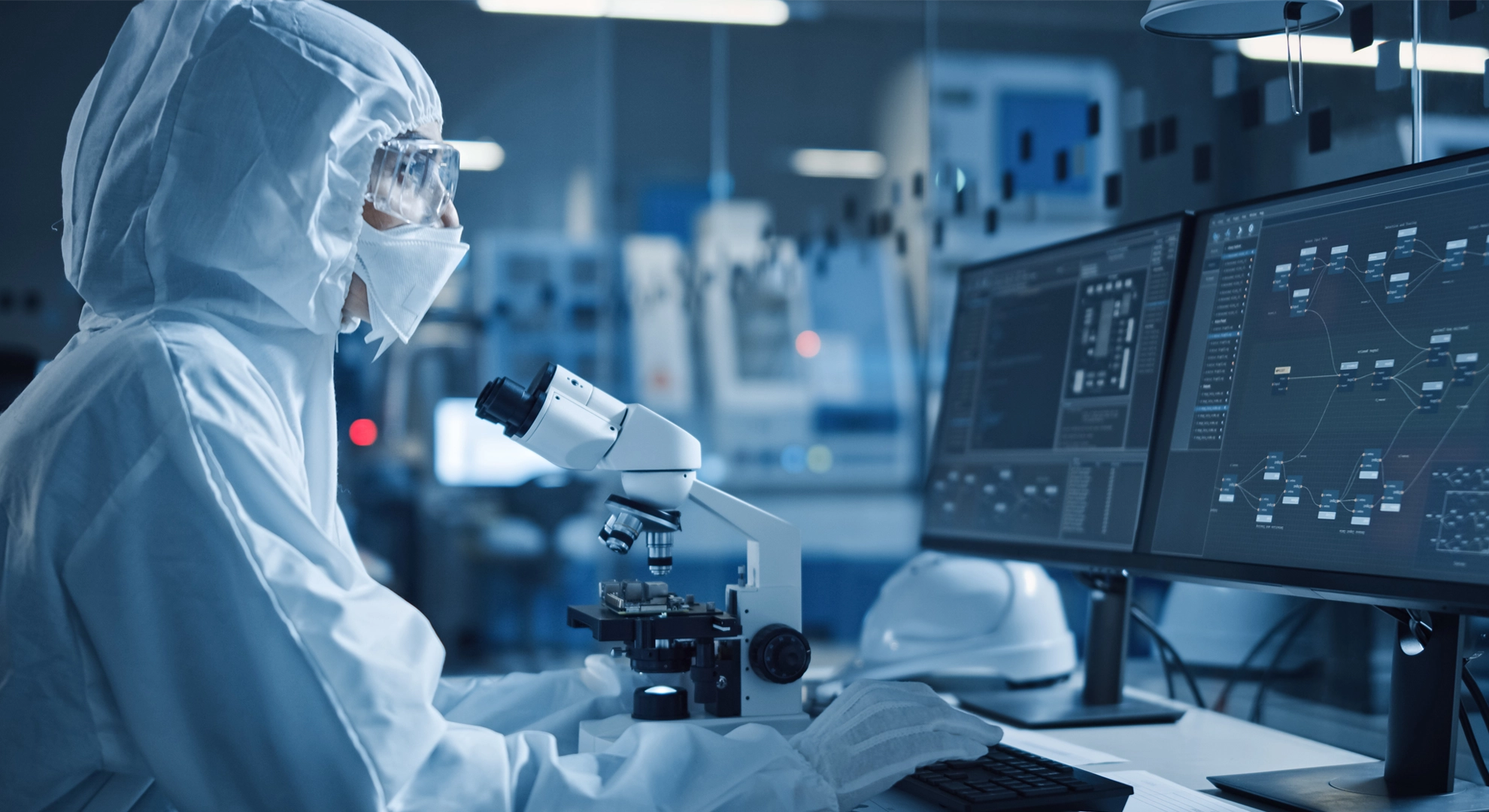The six As of laboratory design
In the latest in our Insights expertise articles, Kieron McGrath, Principal Architect and Lab SME, talks about the critical decisions needed to design the perfect laboratory for the future.
In this article Kieron covers:
Adaptability - the need for flexibility
Adaptability or flexibility is key to modern lab design. Buildings that we design today have a life-span of 50 years. More and more we are retrofitting existing buildings and laboratories for new uses.
Automation - increasing interaction
Adaptability goes hand-in-hand with the other big A in the list — automation. The increasing prevalence of robots in labs might trigger concerns that humans are being replaced. While there are moves towards a ‘lights-out’, fully automated laboratory robots are not replacing people.
Assembly - modular design
Mixing robots and humans sounds like a tricky topic — one might assume that it is harder to design a lab for both rather than one. It is not as difficult as you might think. It is about using a modular design solution from the start.
Accountability - sustainability
The world is changing and we all have a responsibility to live our lives in a more sustainable way. Labs are no exception. Sustainable lab design balances – energy, operation, water, resources, location and waste. The most influential is energy and minimising energy use in the lab is critical.
The future?
The emerging trends in lab design are likely to respond to flexible work patterns and the laboratory requirements of cell and gene therapy (CGT) …
About Insights
Insights is a place where we explore some of the latest ideas in project delivery. From innovation, technology, sustainability to design, our experts talk about the latest advances changing project delivery now and influencing the future. Articles are written in an easy-to-read format providing valuable technical information and representing our point of view as industry leaders.






